As both a Sagittarius and a millennial, I am predisposed to wander the world. When I was young, I focused on saving up as much money as possible every time I had a stable income, so I could pack up and take off, hopefully indefinitely, which I eventually did. A lot of people also have this fantasy when they’re young, but as they get older, it tends to fade into the backdrop as responsibilities, commitments and possessions pile up.
One of my cousins and his wife had talked about moving abroad for years. They bought a giant book called, How to Live Abroad, and made a detailed plan to do so in two years. After three or four years had passed, I asked them, “Whatever happened to your plans to move abroad?”
“We have too much stuff now,” they told me.
It’s a sign of success and stability to accumulate things that consistently add to your comfort and improve your quality of life. But after a while, we start to depend on these objects. We even grow emotionally attached to them, sometimes dedicating entire rooms to stuff we don’t want to get rid of, even though we rarely use it and no longer need it. A popular saying in the nomad community is, Do you own your stuff, or does your stuff own you?
Let’s say you break out of the ‘Stuff” mentality, decide to sell everything you own, and move to Mexico, taking only the essentials with you. What does that mean when you have kids?
I have a close friend who visits me where I live near Puerto Vallarta, Mexico regularly. For years, she was the queen of light travel, only bringing a carry-on, sometimes even just a backpack. That is until she had a baby last year. Last time I picked her up at the airport, her stuff barely fit in my SUV. In addition to her carry-on and (oh yeah) whole entire human she now had to carry with her everywhere, she also had an extra suitcase, along with a stroller, a car seat and a diaper bag. Most parents know that actually constitutes light travel when you have a baby.
The amount of things you anticipate needing for a couple of days is exponentially higher when you have kids. So how can you possibly consider an international relocation and all that it entails, when a weekend away requires so much preparation?
What would you bring? What can you get in Mexico? What does the day-to-day look like? Is moving to Mexico with kids a responsible decision?
I look forward to interviewing the many parents I know who live here with their kids and sharing their stories, and diving in depth into the details of each of these topics. In the meantime, I will lay out answers to some of the most fundamental questions that would come to mind if you’ve ever considered moving to Mexico with kids.
Please note: Prices mentioned here are estimates at the time of publication and subject to change.
Childcare & Education
This is a big one, of course – especially if you work, or plan on working, and don’t homeschool. The adults you trust with your child or children when you’re not around influence their development significantly. What are the options, costs and benefits of childcare and education in the Puerto Vallarta area? What about extracurriculars? What kind of activities are available?
Babysitting
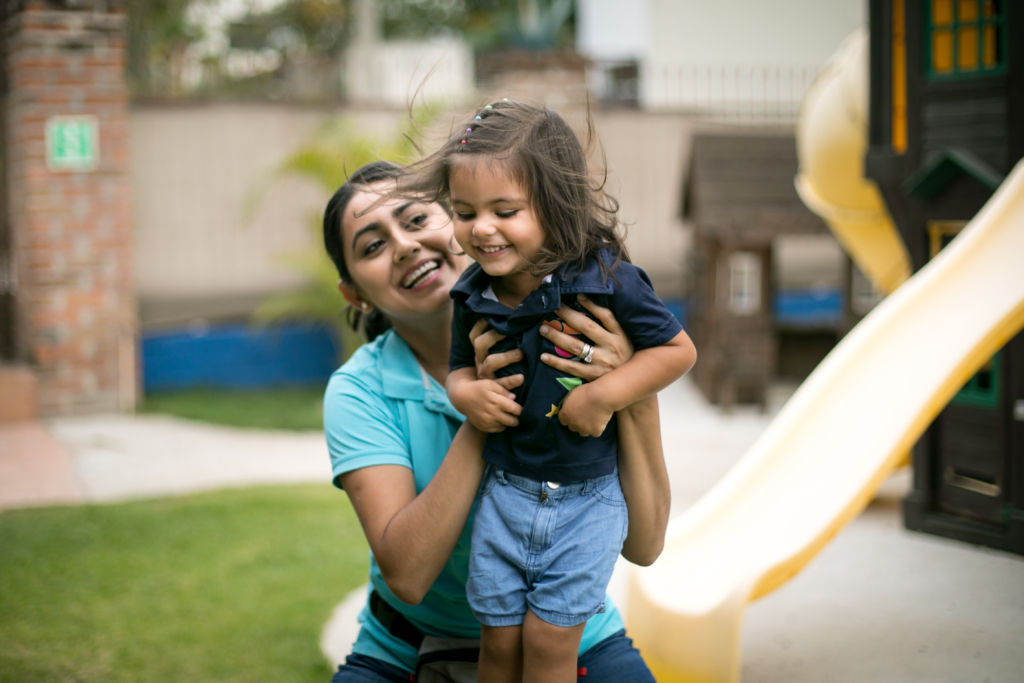
If you are comfortable with a babysitter who doesn’t speak English, you can expect to pay about $4/hour, or $5/hour+ for more than one kid. However, you may spend a bit more for an English-speaking sitter and it is nearly impossible to find one who drives. A common way to begin looking for someone is to spend a bit more money at first and go through one of the many nanny agencies in town. Once you find someone compatible with your family, offer them a stable gig. We had one sitter who did not work well for us, and one who did. She has been with us for over three years now, taking care of the kids after school, and sometimes on the weekends or over breaks. She has taught them Spanish, makes them lunch, helps with their homework and helps around the house. My husband works overseas for most of the year, and having affordable childcare has been a big plus for our family. This is one key reason why we decided to stay in Mexico.
Schools

We have only experienced early childhood education programs in Mexico so far, which we have been really happy with . Our kids attend a private bilingual school, with a focus on social-emotional learning, mindfulness and the arts. The ages range from 1 – 6 years, when they will move on to elementary school. The improvement in their confidence, social skills and genuine love for learning has been notable since we enrolled them. We pay $225/month per child plus additional fees for enrollment and special events. There are several private school options in the area, and many are internationally accredited, so if you choose one of those, you wont have much trouble with credit transfers if you move back home. The least expensive private schools will cost you closer to $120/month, but will not be bilingual or international. The most expensive option is the American school, which costs up to $1300/month for high school, but has high-quality facilities, robust, advanced course offerings, and is internationally recognized as a highly prestigious accreditation.
Extracurriculars
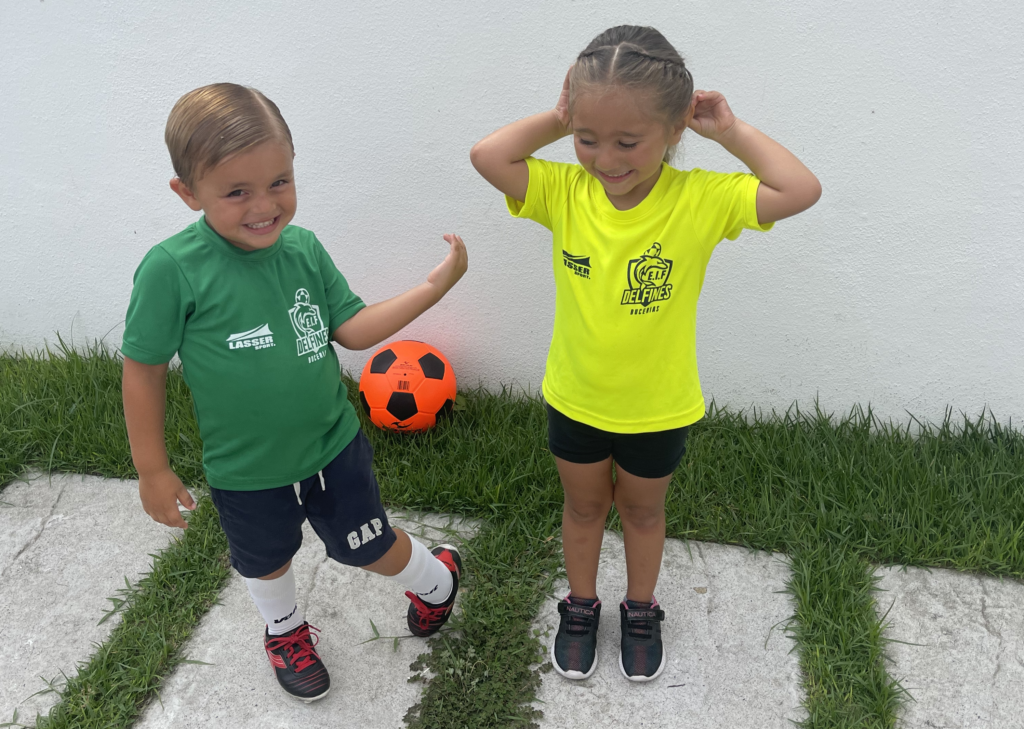
Available after-school activities for children in the Puerto Vallarta area are based on the culture, weather and collective interests of the community and options often fluctuate. In the residential complex where we live, we have a tennis court, a pool and a recreation area. A swimming instructor commutes to provide swimming lessons to our kids once/week. She charges $12.50 for 30 minutes of 1:1 swim classes. Our neighbor, who is a teacher, teaches music once/week at $7.50 per class, and tennis once/week at the same price. This is what we’ve decided to do this school year as they are accessible for our babysitter on foot and recommended activities for preschoolers. There is a soccer league a 5-minute drive from our house , which charges $2.50 per practice, with 1.5 hour practices twice/week. Additional activities that I know of in the region include horseback riding, martial arts, kids fitness, theater, art classes, a variety of dance programs and volleyball.
Social Life
Three months after we moved to the Puerto Vallarta area in 2018, I found out I was pregnant. I don’t know how pregnancy works for everyone, but I am not a social pregnant person. I had met some people networking in the Puerto Vallarta area for my organization at the time, but wound up canceling every time I was invited anywhere due to nausea, swollen feet, fatigue and well, pregnancy. Following this pregnancy was the period where you have a newborn for the first time and are scared to death and stand hovering over your baby 24/7 to make sure it doesn’t die. This period was closely followed by another pregnancy in 2019, and then, of course, a global pandemic that started with a lockdown when this second baby was six weeks old. None of these situations contributed positively to me and my husband’s social life. However, we were eventually embraced by the parent community in the Banderas Bay area and found ourselves making lifelong friends and finding invaluable support that makes our daily life as parents easier and more enjoyable.
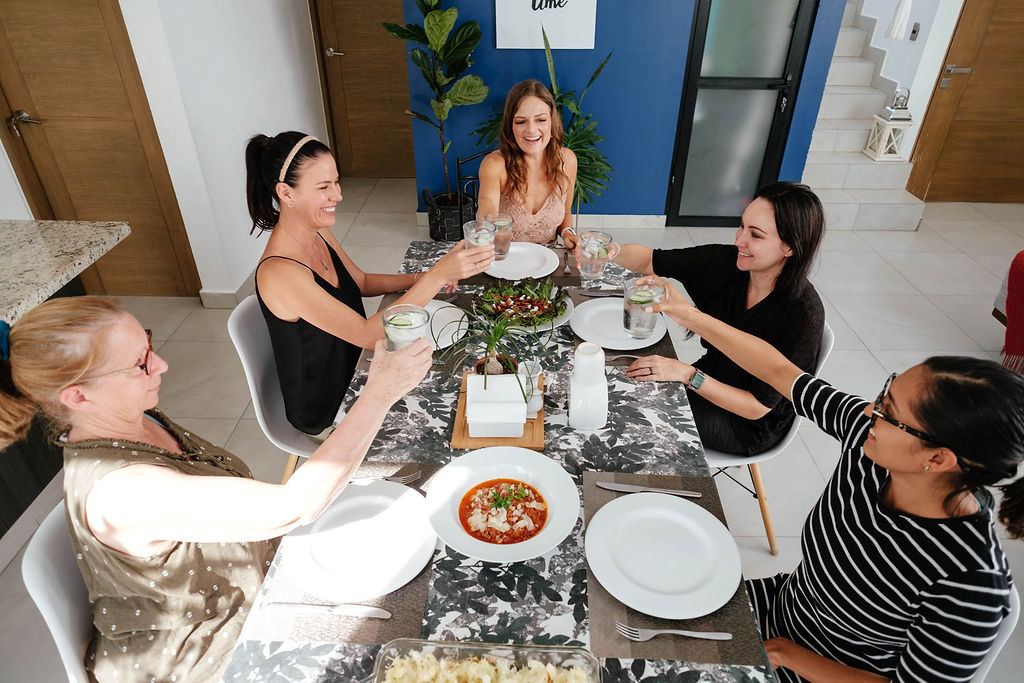
Parent Community
In 2019, while I was pregnant with my second child, we moved into a residential complex in the Mezcales neighborhood of Banderas Bay, Nayarit. Throughout the months of quarantine, we gradually grew closer to everyone in the complex, a diverse community of foreigners and nationals, and families like ours with young children. Now that life is back-in-action, we share childcare, carpool, and often have dinner parties, play dates and date nights on a whim. This community kept us sane throughout the pandemic and continues to provide our family with comfort, security and companionship. In a beach town which attracts many migrants, so many people are away from their families that we wind up building a family-like community with our friends and neighbors. Additionally, there are several “mom groups” on Whatsapp, ranging from small ones to huge ones with over 150 members. Conversation is in Spanish and English, and members provide a wealth of resources on everything from local events to beauty treatments to medical care.
Weekend Activities for Kids
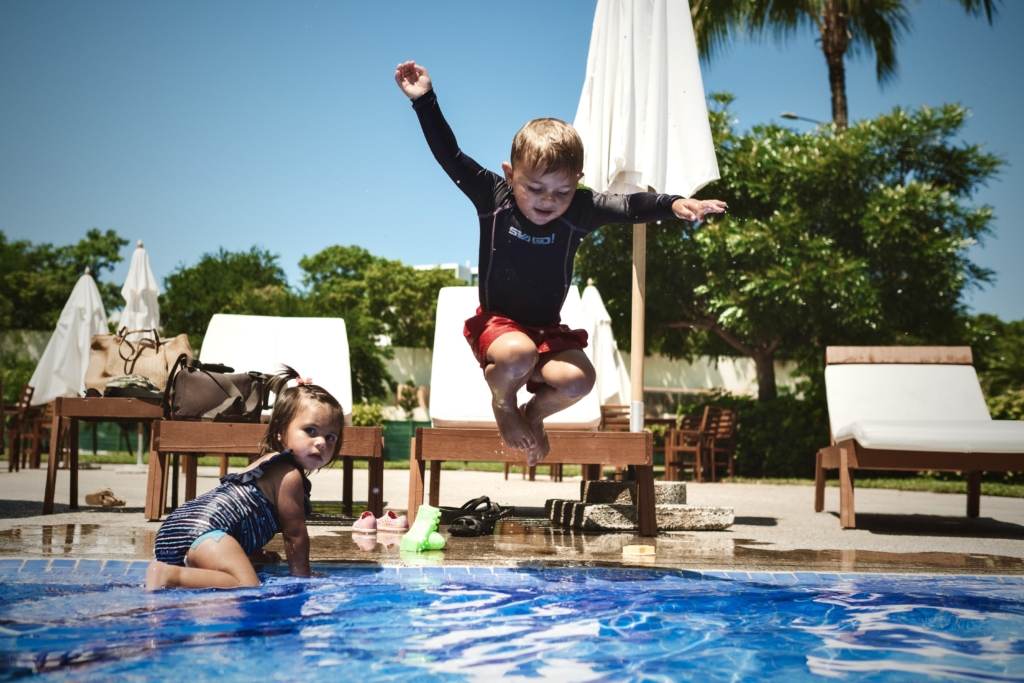
Most of the parents we know take their kids to the beach almost every weekend. After all, what else is the point of living on the bay? There are so many beaches that are rarely crowded and the water’s always warm enough to swim in, so kids and parents love it. However, my youngest daughter is still two and requires long naps in the afternoon, and my son is terrified of the ocean and doesn’t like getting dirty. So we generally opt for the pool near our house to relax with friends and enjoy ceviche and cold beer on the weekends. There seems to always be a birthday party, and almost all of them are also at a residential complex with a pool. There are a couple of malls in the area with carousels and ball pits and special attractions as well. Possibly one of the best things about the restaurant scene in Puerto Vallarta for parents is the variety of restaurants with kid play areas, called Ludotecas. Some will even watch your kids for you while you eat.
Health & Wellness
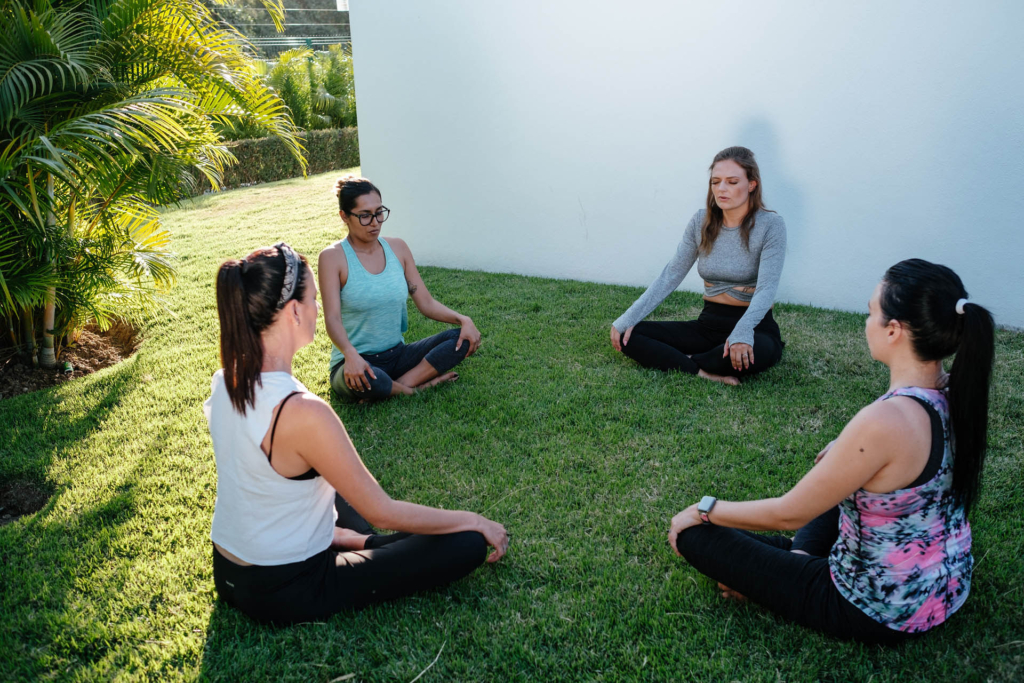
Access to adequate medical care and the foods required to follow dietary restrictions is one of the biggest and most reasonable concerns for families considering stepping out of their comfort zone. After spending all of my first pregnancy in Mexico, I flew all the way to the US to give birth because I wasn’t sure what to expect in Mexico. After living here for a bit and realizing how efficient the hospitals and medical facilities are, I gave it a shot with my second childbirth, and man was it worth it! Not only did I feel safe and comfortable, we all got our permanent residencies as a result. We also paid out of pocket for the whole thing and it was around $1k, less than the deductible cost us in the US with insurance, and a tenth of the full cost – for the same level of care. Ultimately it was an expensive and unnecessary lesson that hopefully other people can avoid. Not to mention my poor son is still on a tourist visa, while my daughter, who was born in Mexico, has dual citizenship. The point being: doing your research and trusting in things outside of your comfort zone may pay off in the end.
Medical Needs

Medical tourism is popular in Mexico because the costs are so much lower than the US. There are several private hospitals in the area for emergencies or elective procedures that provide high-quality care for your family. If you prefer the security of health insurance, there are many policies available at a fraction of the cost of US insurance that will cover a variety of services. Seguros Monterrey is one available option, which will cover a family of three for about $150/month. Additionally, many hospitals accept foreign health insurance plans, so if you want to keep yours, that may also be an option. Our family pays out of pocket for our healthcare needs, which costs $20 for a doctor’s visit and $40 for a specialist. Vaccines are free, although if you want to stay up-to-date on US vaccines that aren’t required in Mexico, you have to pay for those. Stitches are about $60, a cast and x-rays for a broken bone may cost around $80. Accessible, affordable medicine is also available at the local pharmacy.
Dietary Options
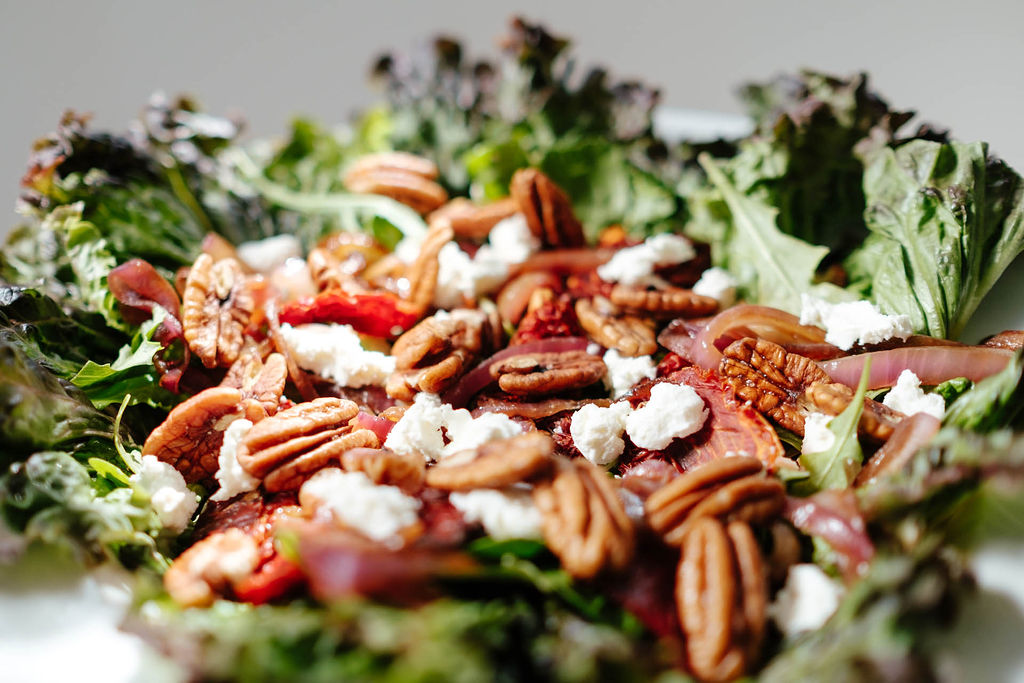
In recent years, regular supermarkets have started labeling gluten-free foods and also carry vegan products and organic produce. However, one good thing about living in a bay town where fishing and agriculture thrives, is that you may not need to hunt for organic options. The local produce is fresh and not treated with chemicals, and the meat also contains less hormones than the U.S.. Due to the location on the coast, fresh fish is abundant, of course. Some items that you may crave, like Salmon, are imported, frozen, and can be a bit pricey. Local corner stores, called Abarottes carry snacks, produce, local cheeses and other fresh items at a low cost. For example a half-lb (250 grams) of Oaxaca cheese costs $4, and a wheel of Panela cheese is $2. Unfortunately, there is no Trader Joe’s in Mexico, so you wont find a lot of organic, pre-made ready-to-go meals, but you can find most of the ingredients to make things yourself. There are also small markets and individuals that sell healthy, organic, pre-made food. Many families love shopping at Cotsco which has a wide variety of healthy items at wholesale prices, and La Comer, which is a bit pricier, also has gourmet, imported and healthy ingredients.
Is a move to Mexico right for your family?
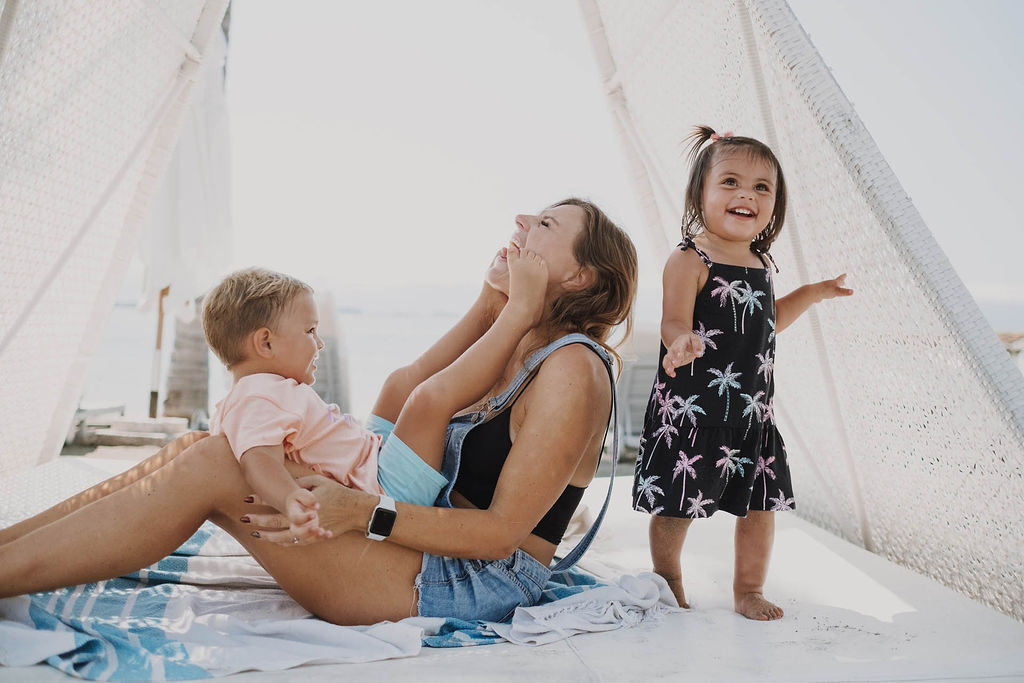
I’ve never had the experience of raising kids in a country other than Mexico, so I can’t tell you it’s any better. Everywhere has pros and cons, and it’s a personal decision for a family to choose what works best for them. However, I can say that if you are considering living abroad in Mexico, I wouldn’t let kids hold you back from pursuing that option. Chances are they will benefit from the lifestyle of abundant outdoor time, a social atmosphere, and bilingual immersion even more than you will. For a while, we had considered leaving Mexico when my husband and I transitioned careers, but one of the main reasons we chose to stay was for our kids. We’ve seen the positive impact life on Mexico’s Pacific Coast has had on their development and mental health, and we have chosen this lifestyle for them. As someone who worked in childhood education for over a decade, and as a mom who strives to provide the best life for my children – I can say confidently that I highly recommend it.







